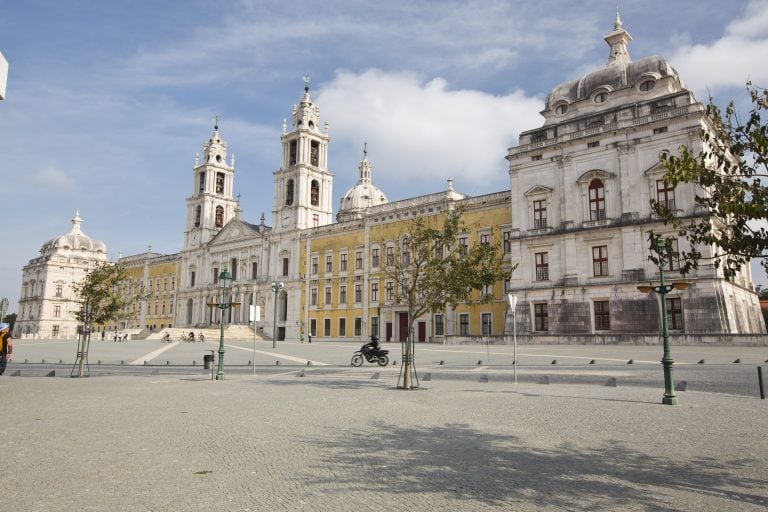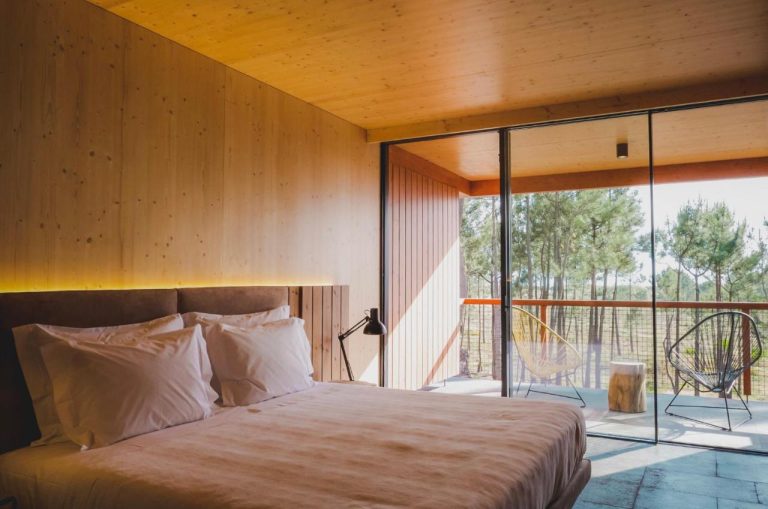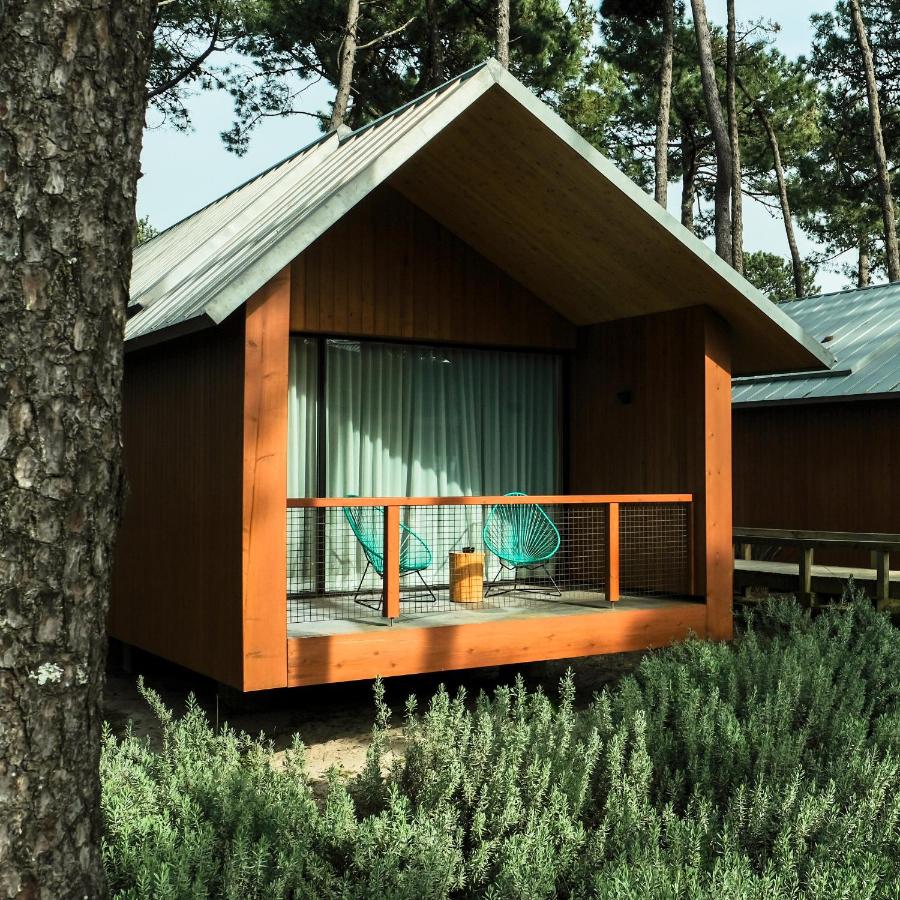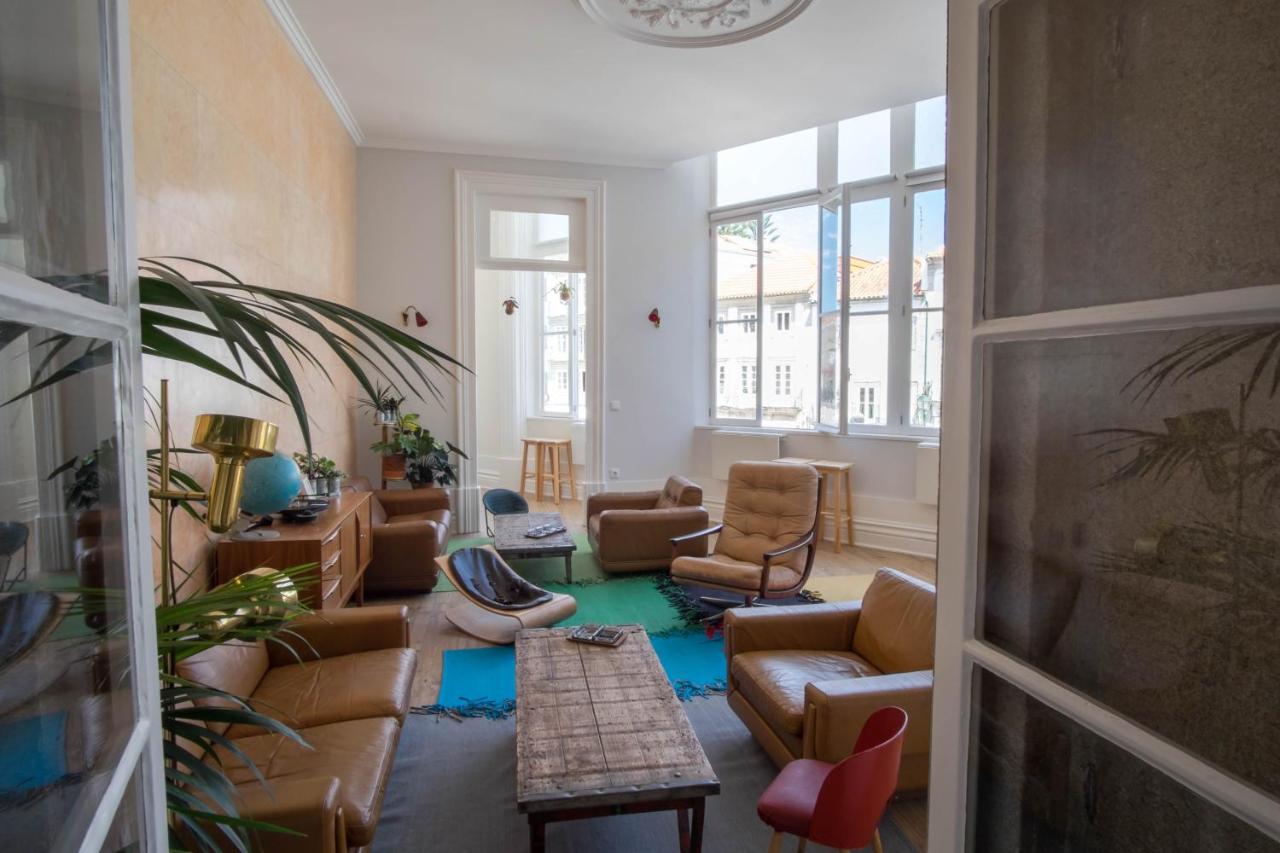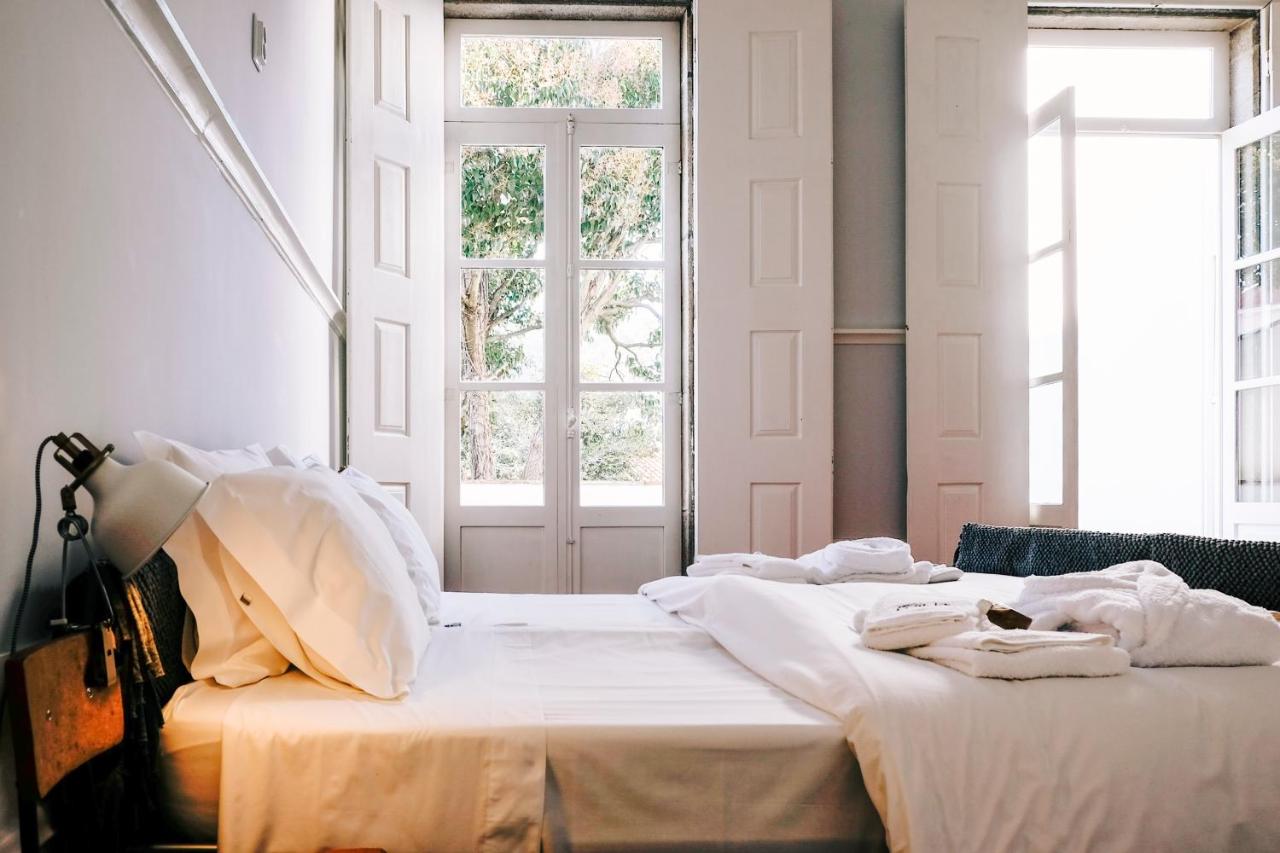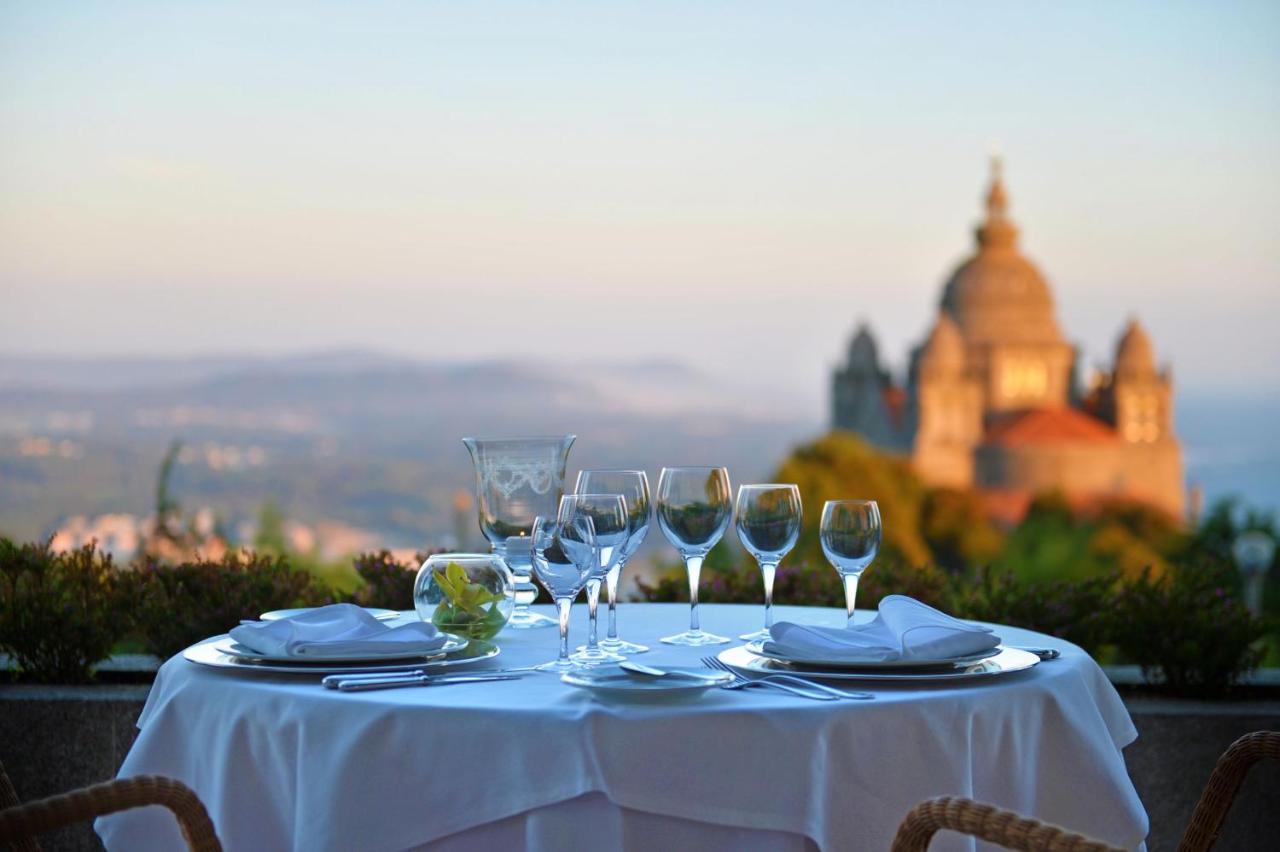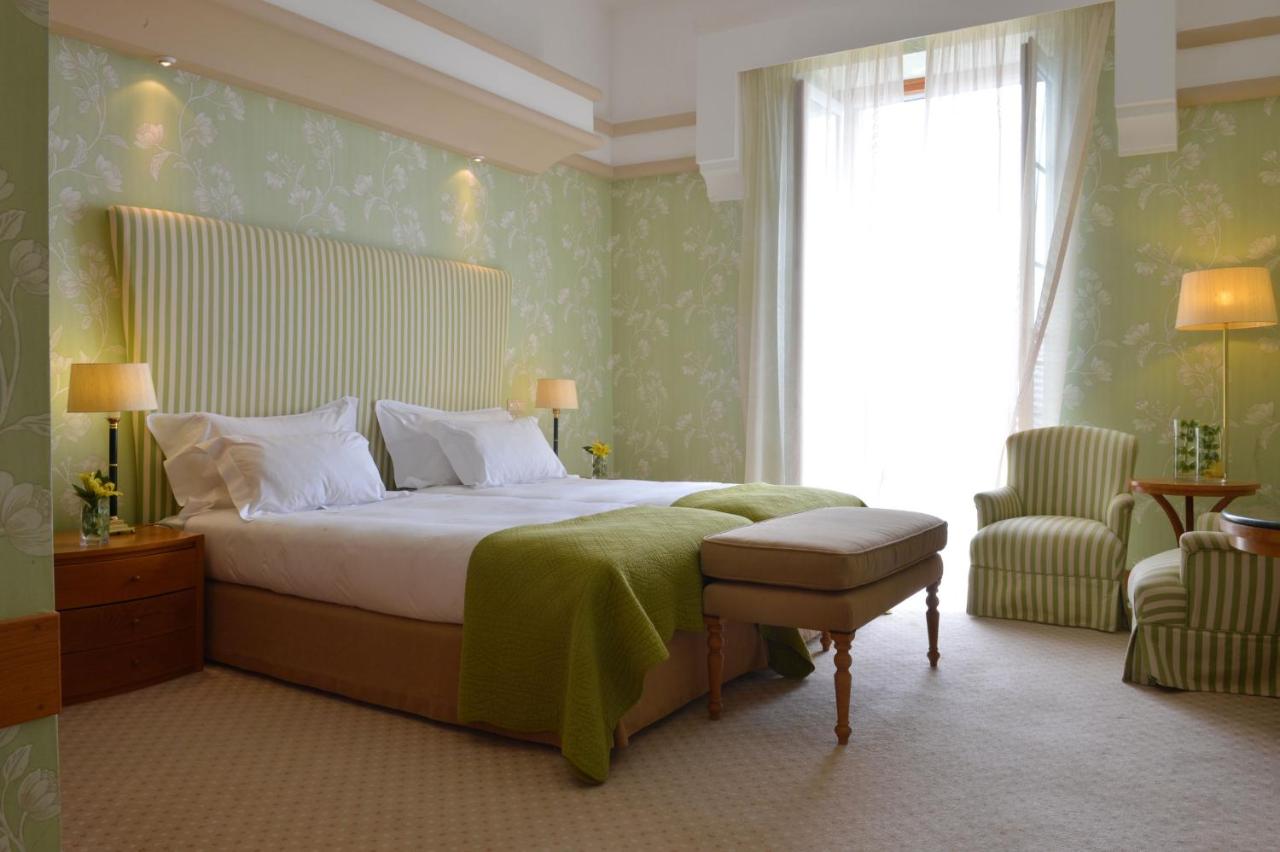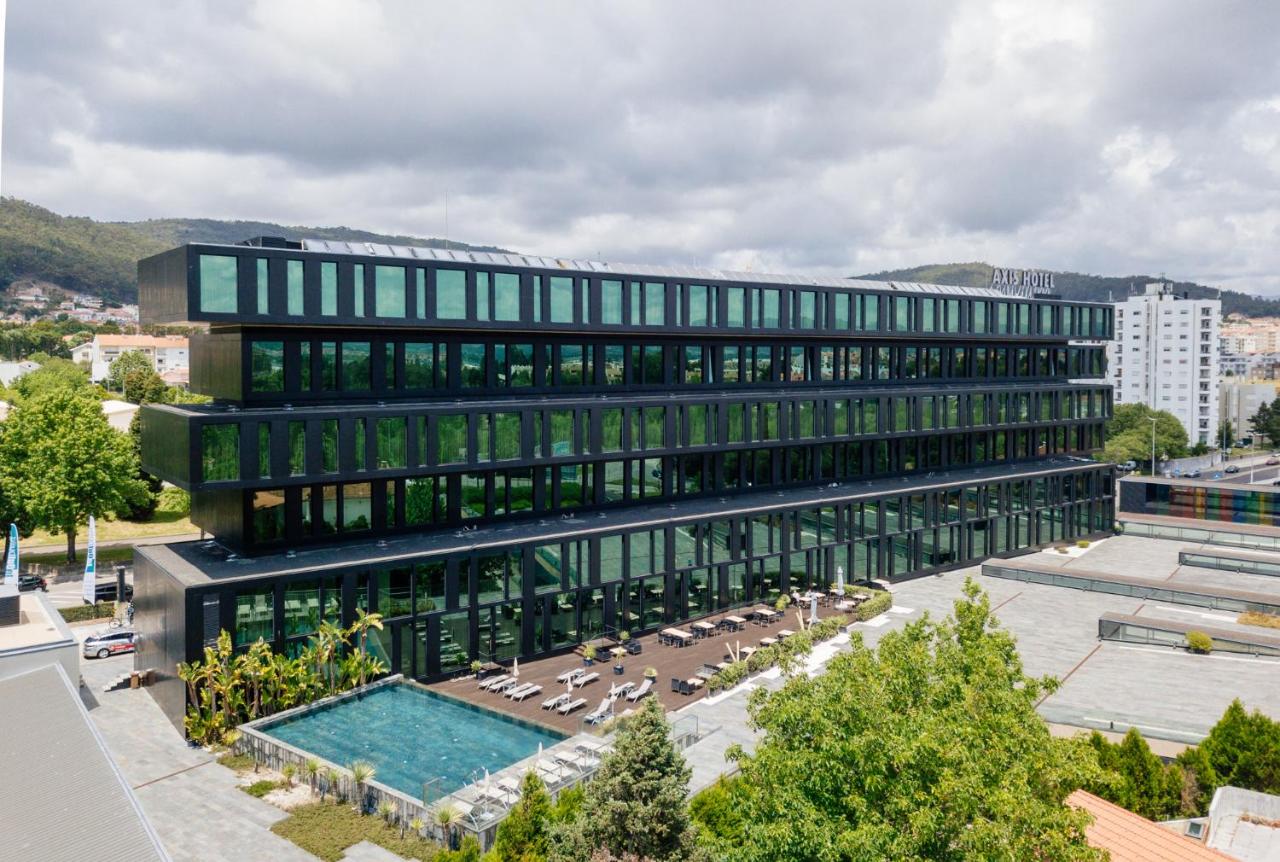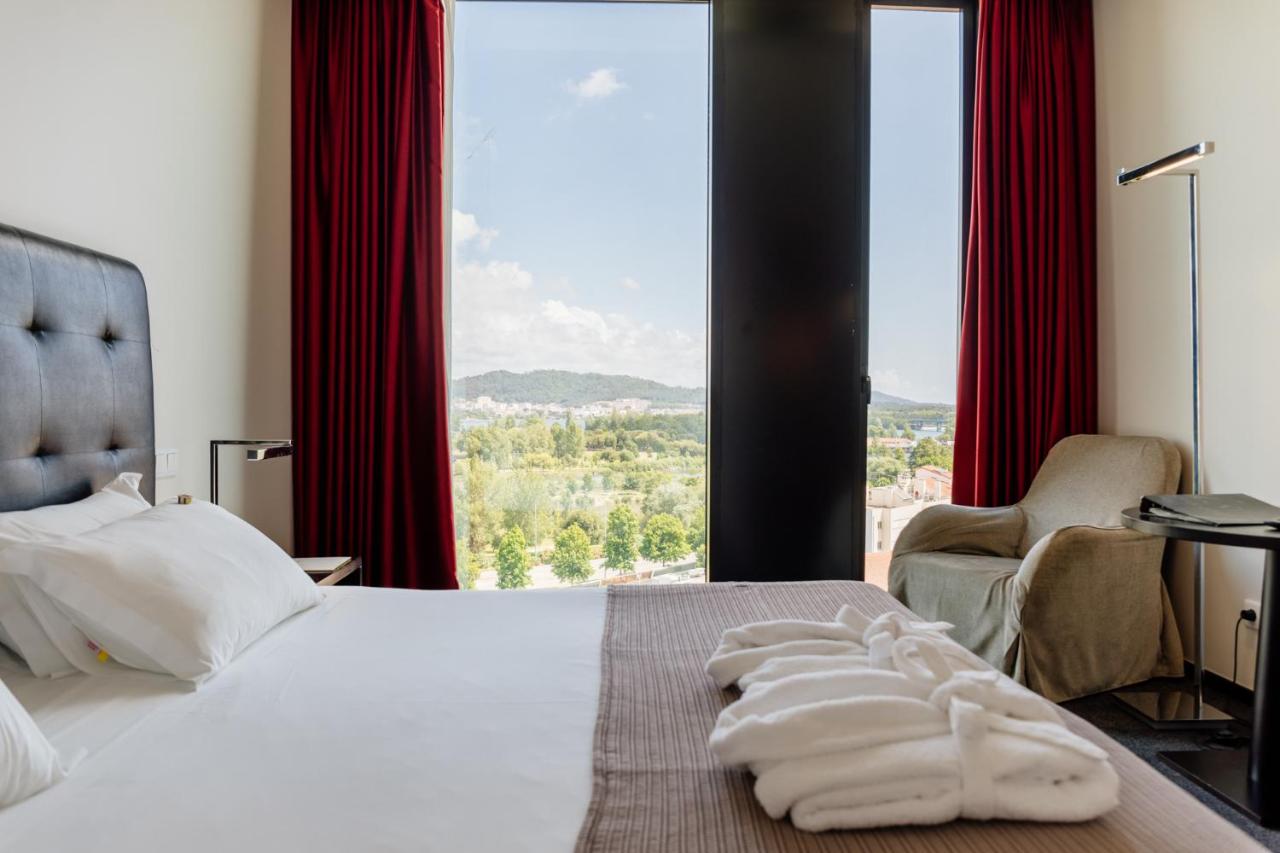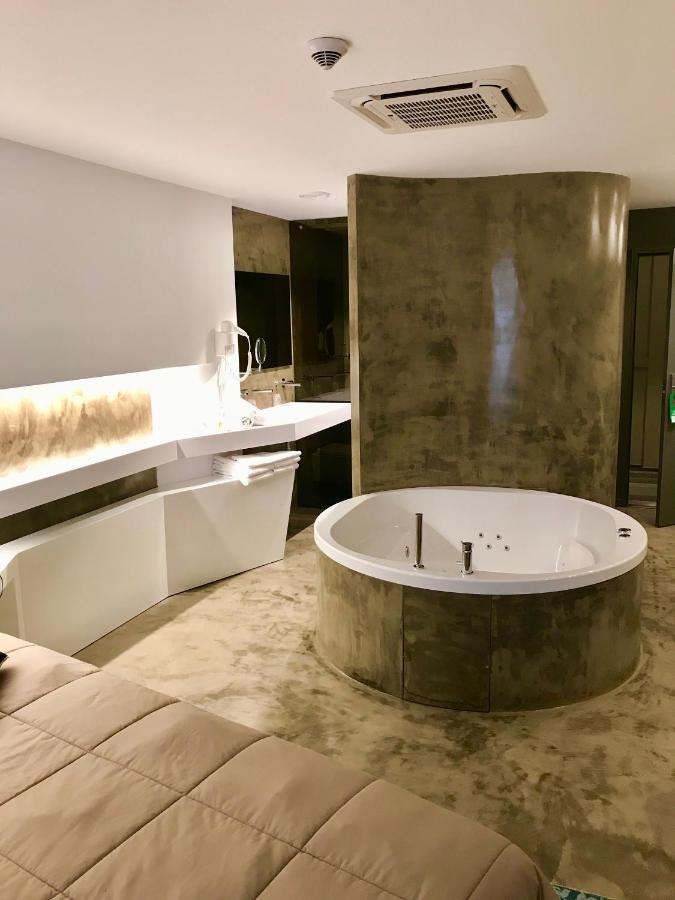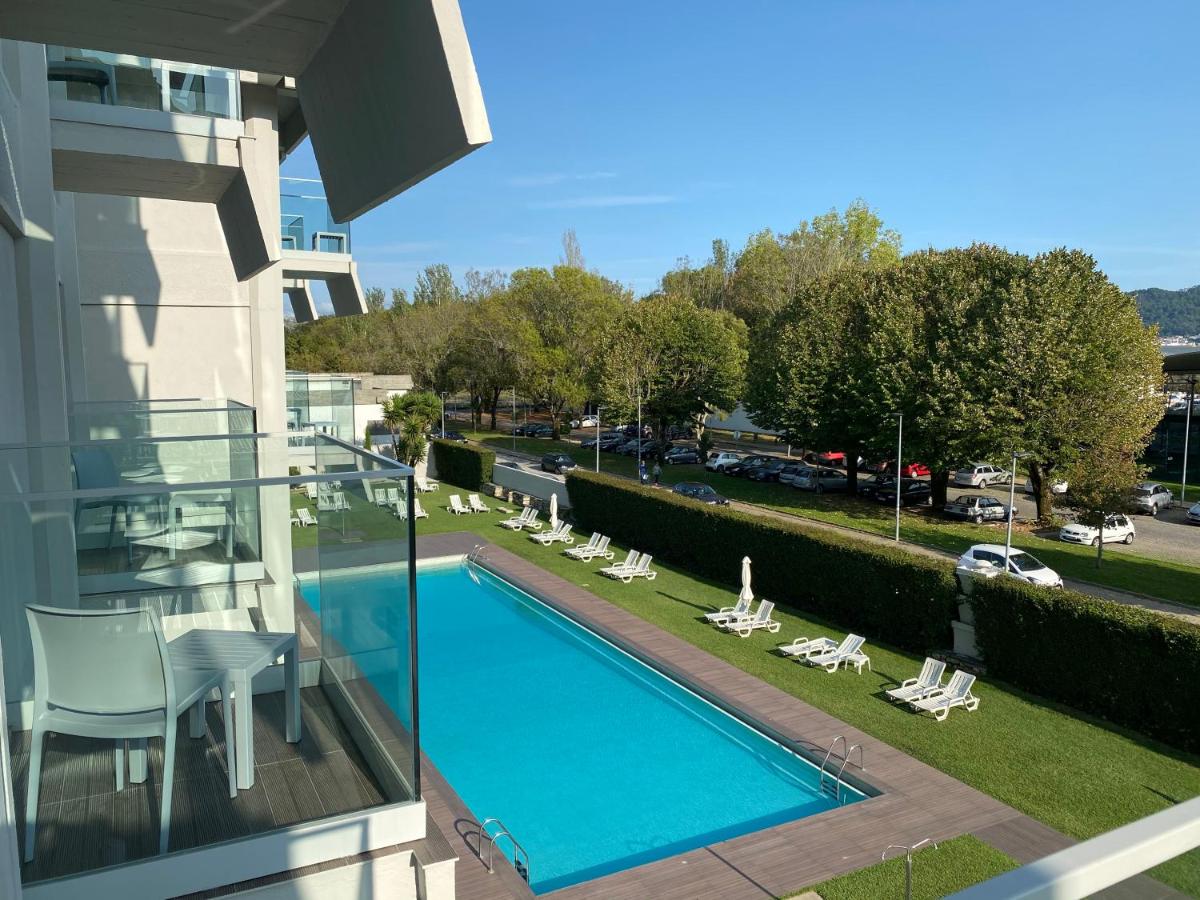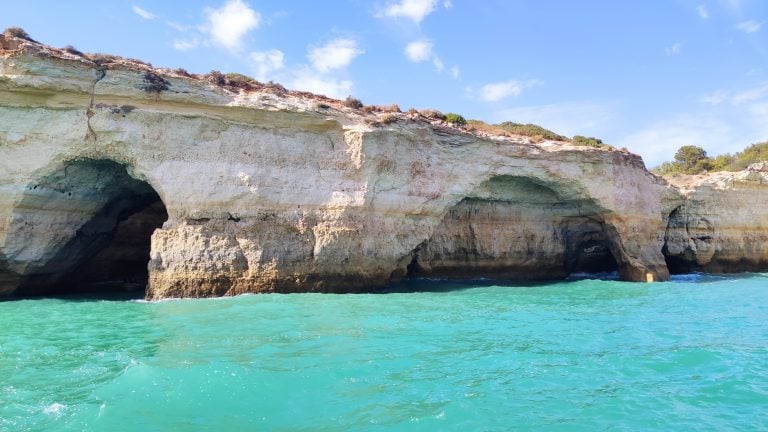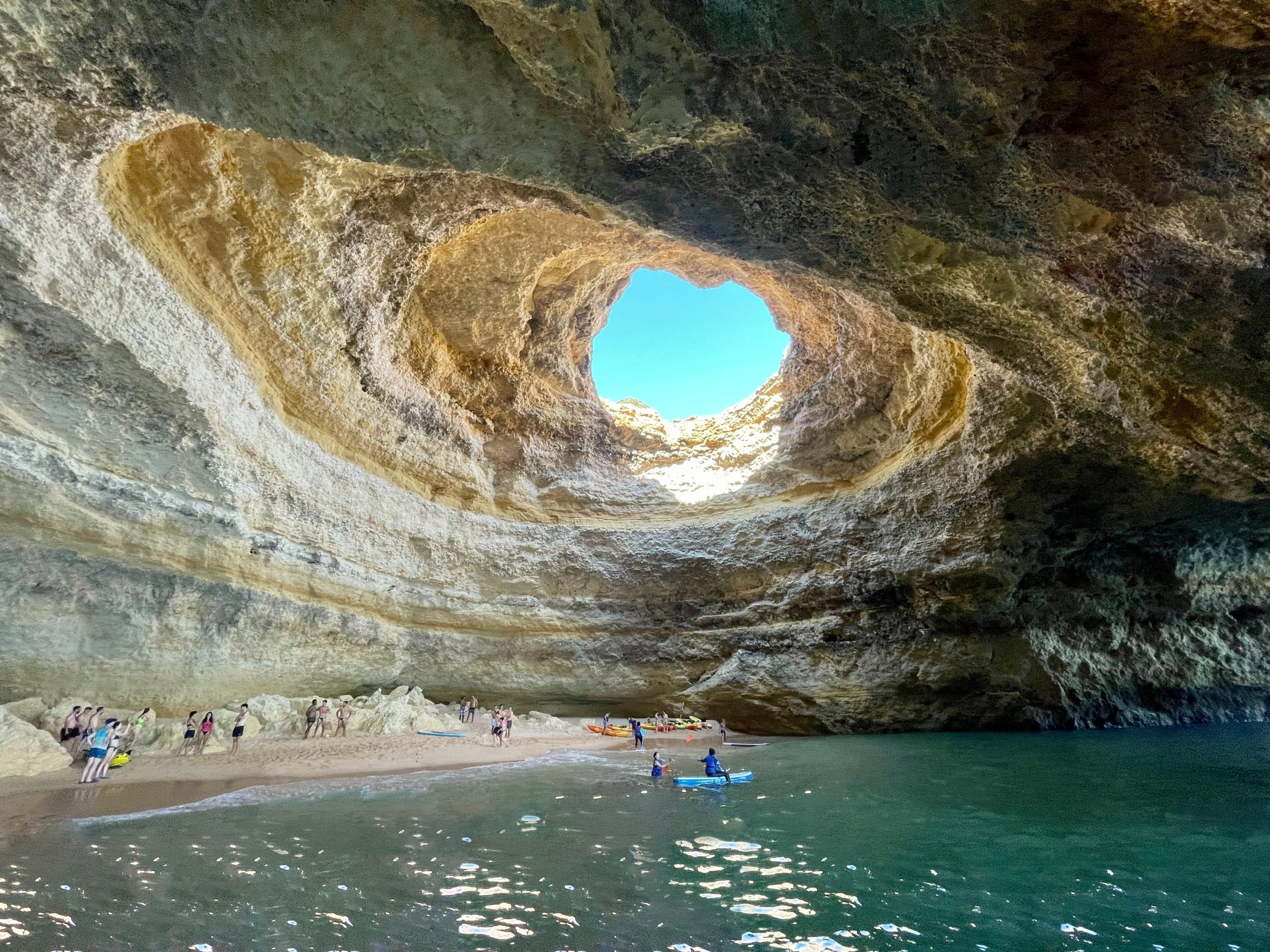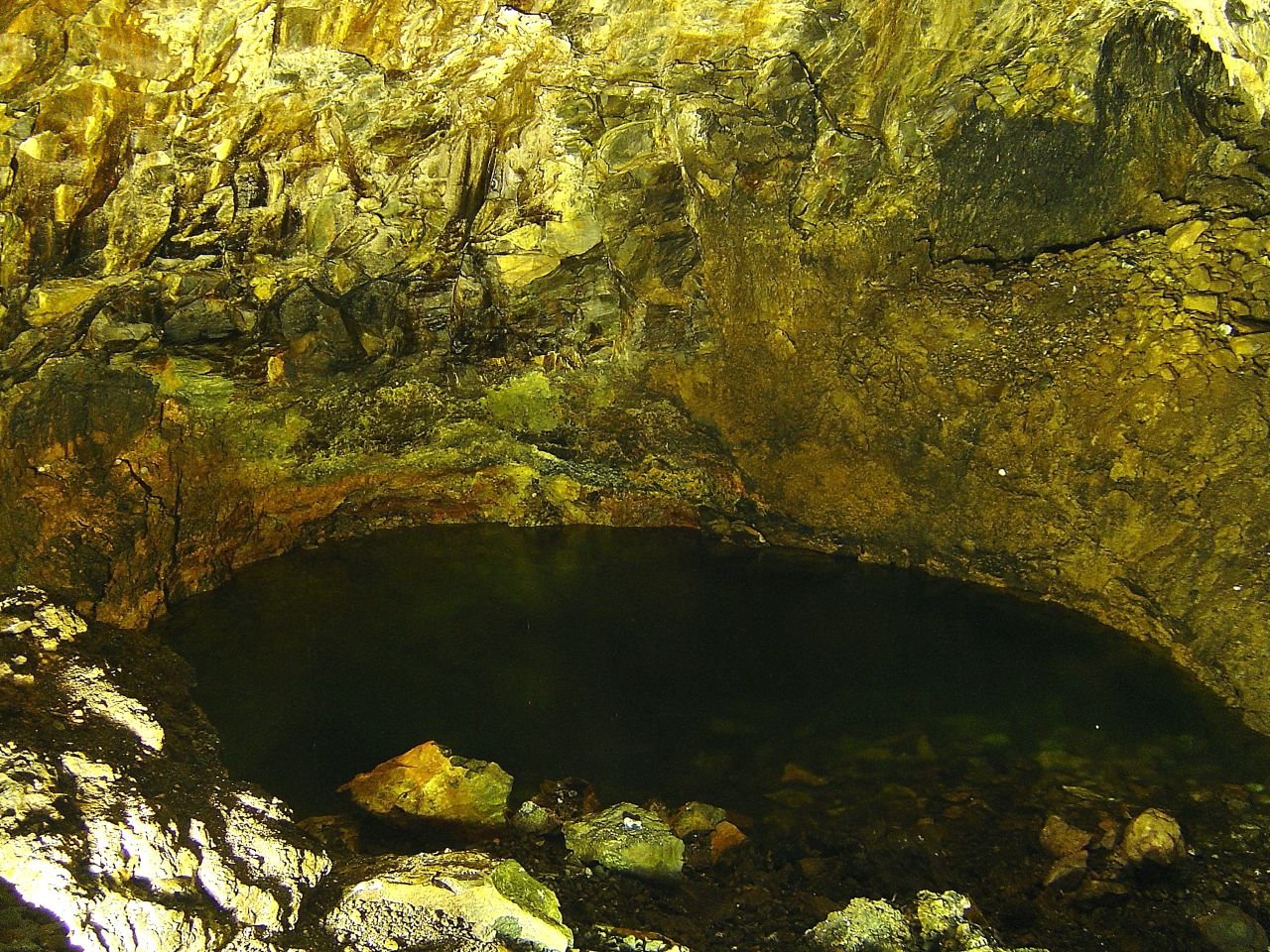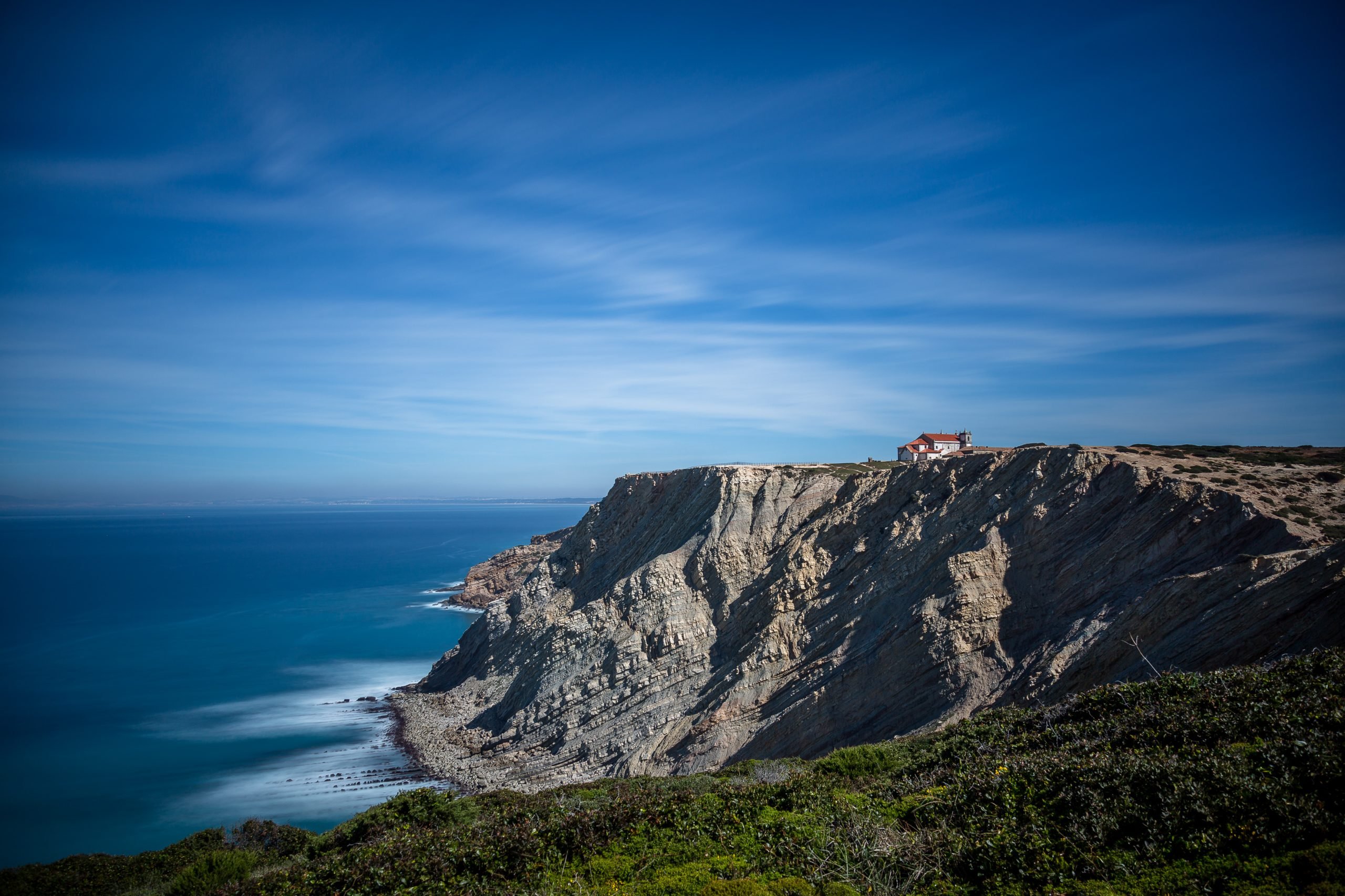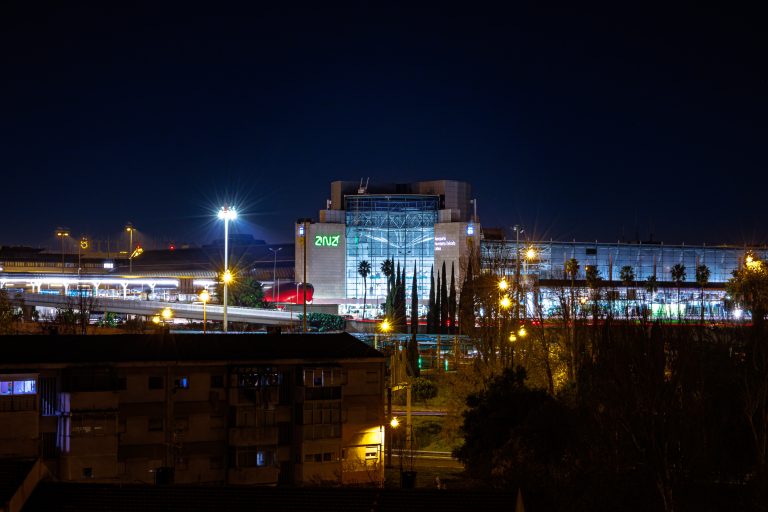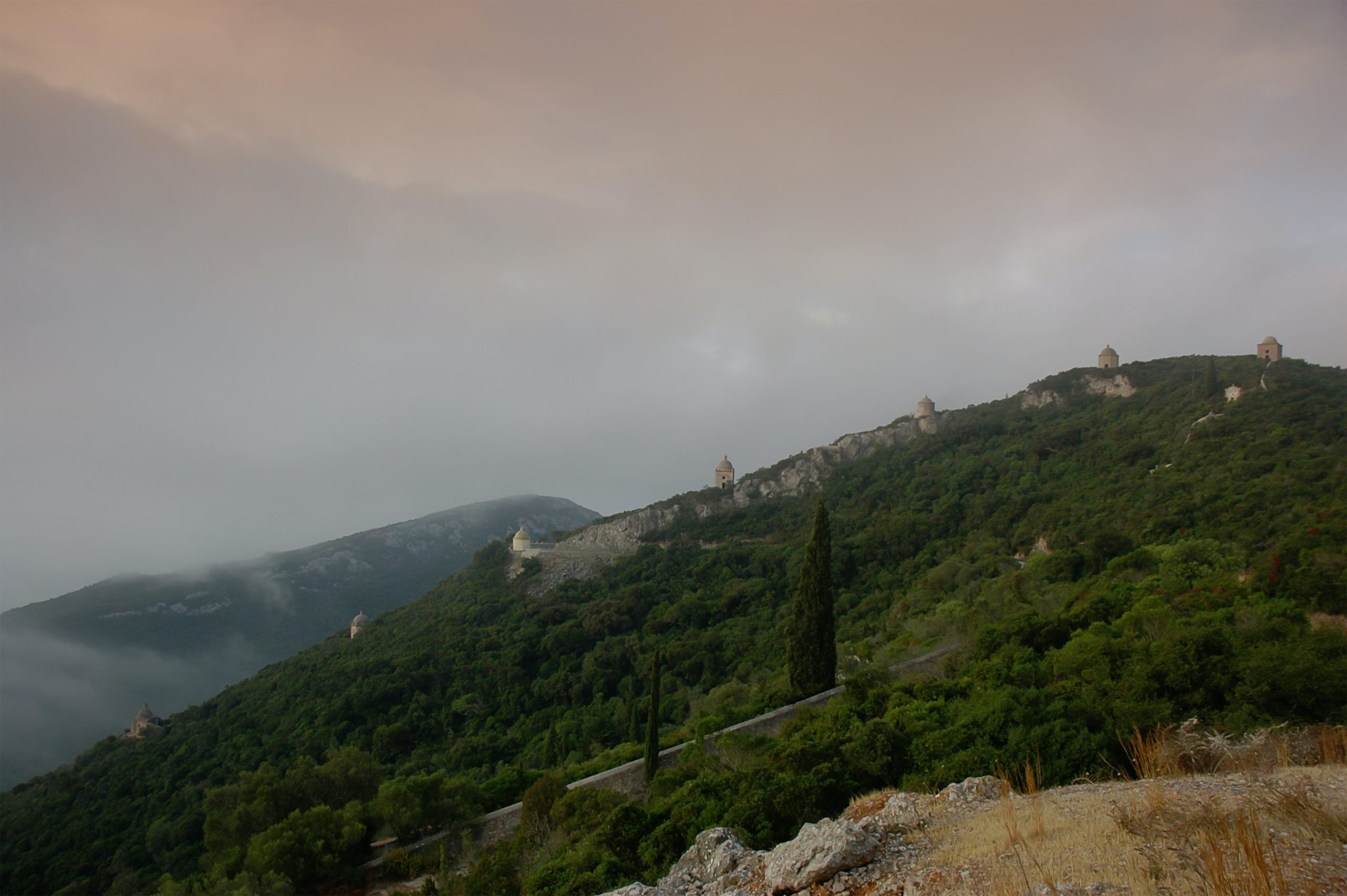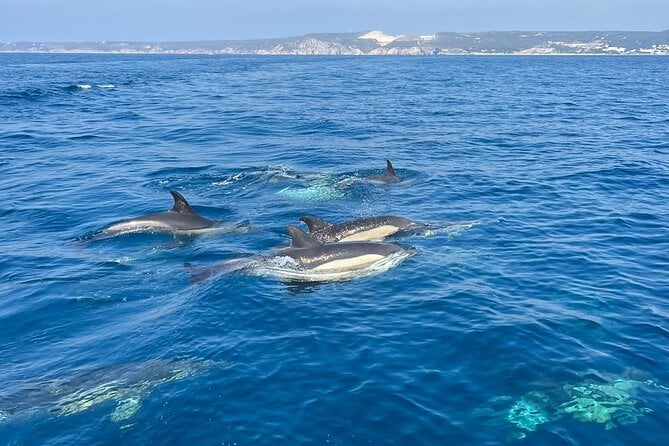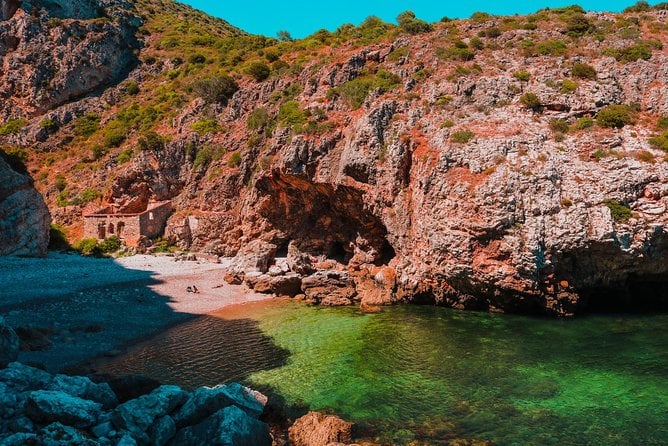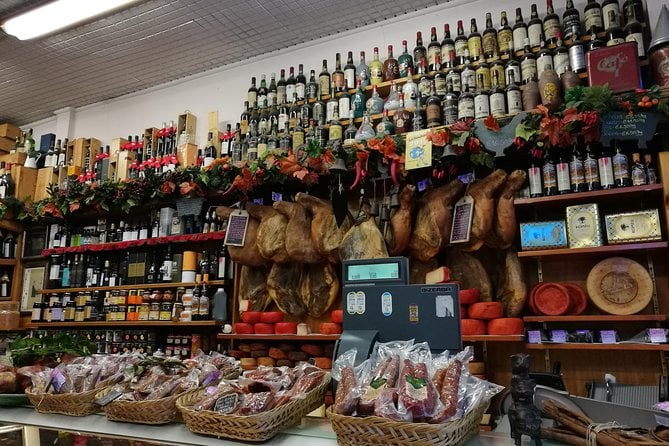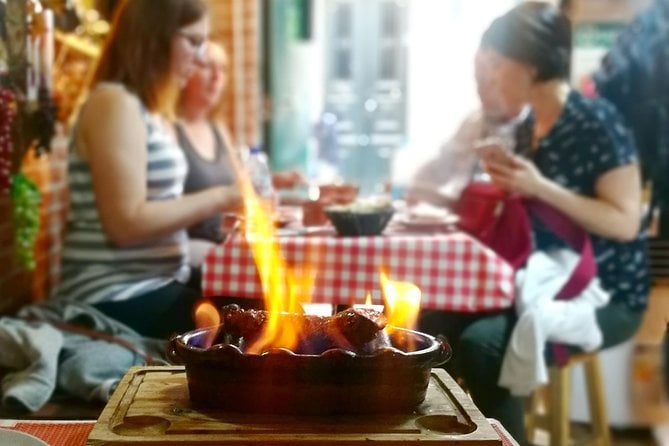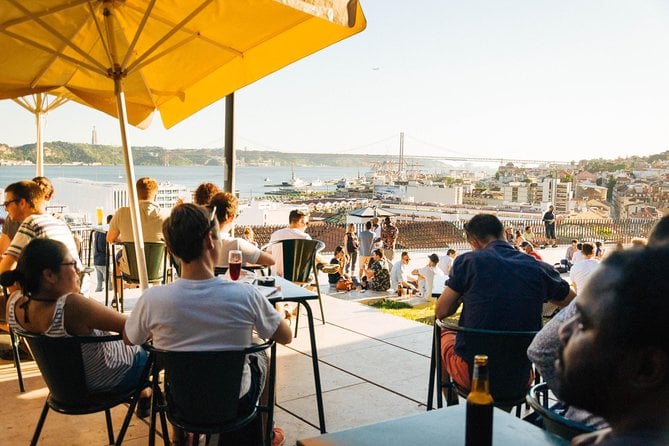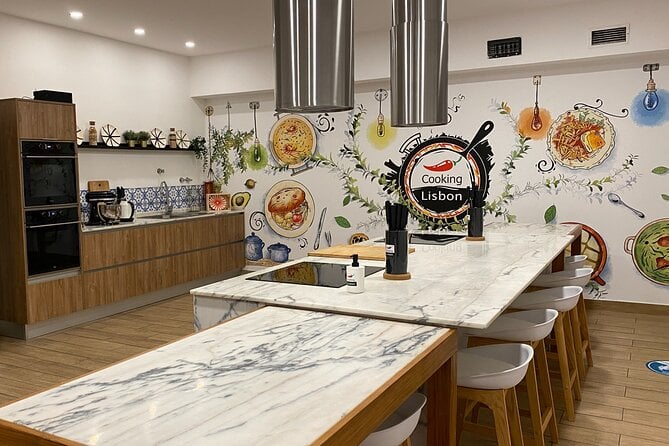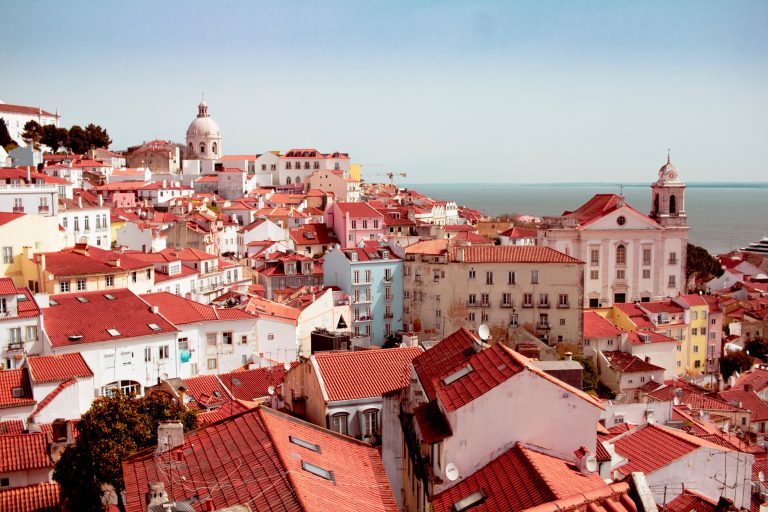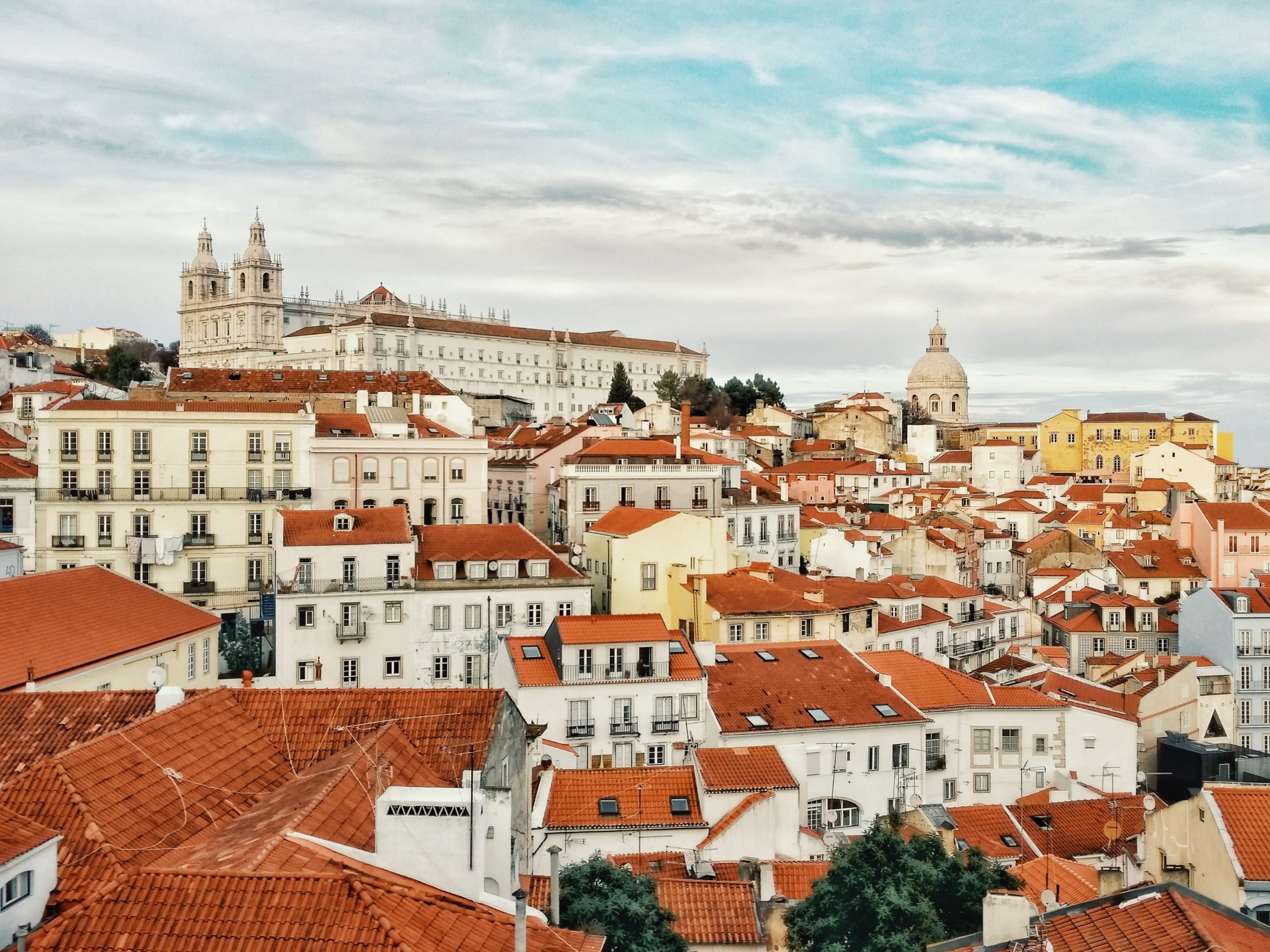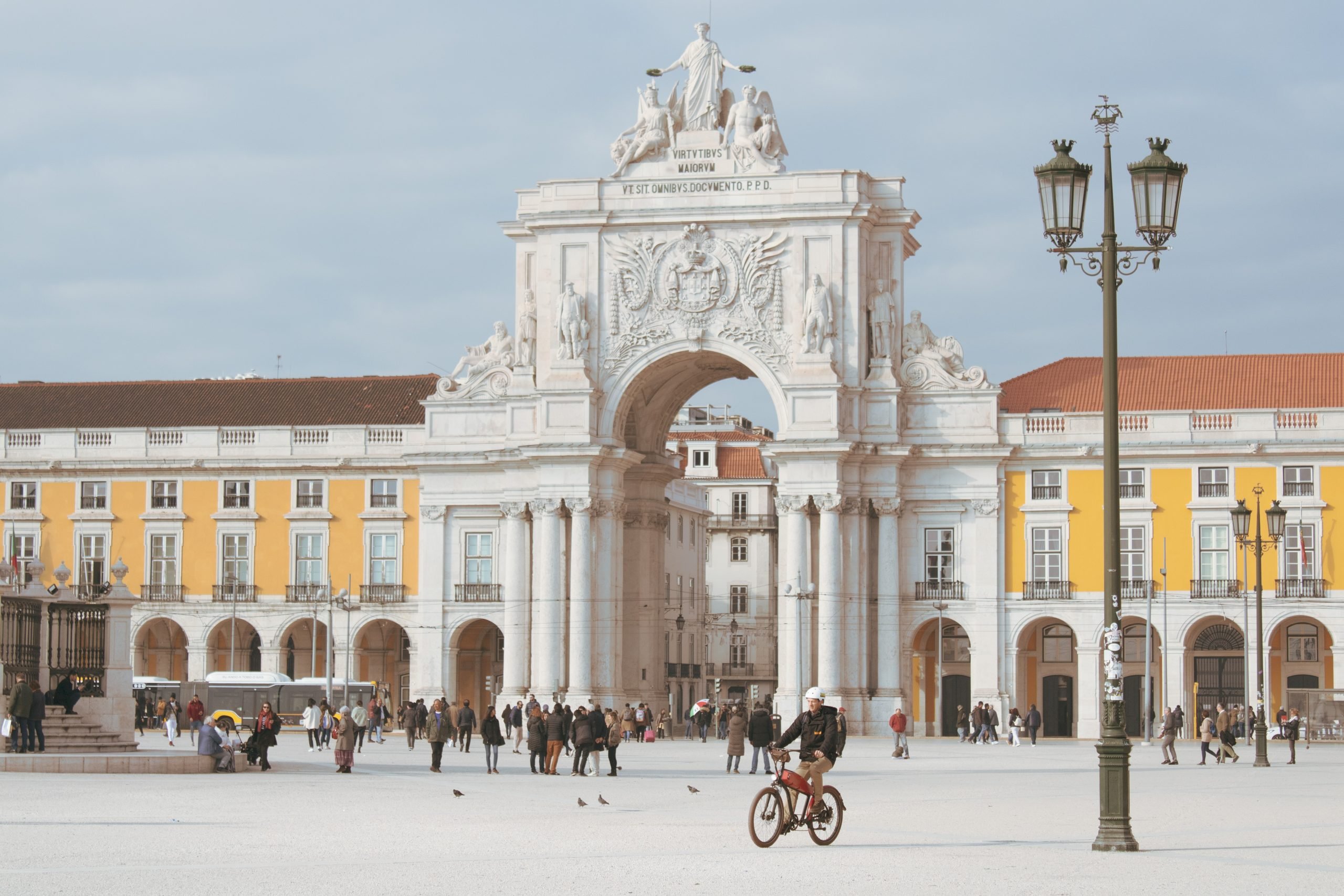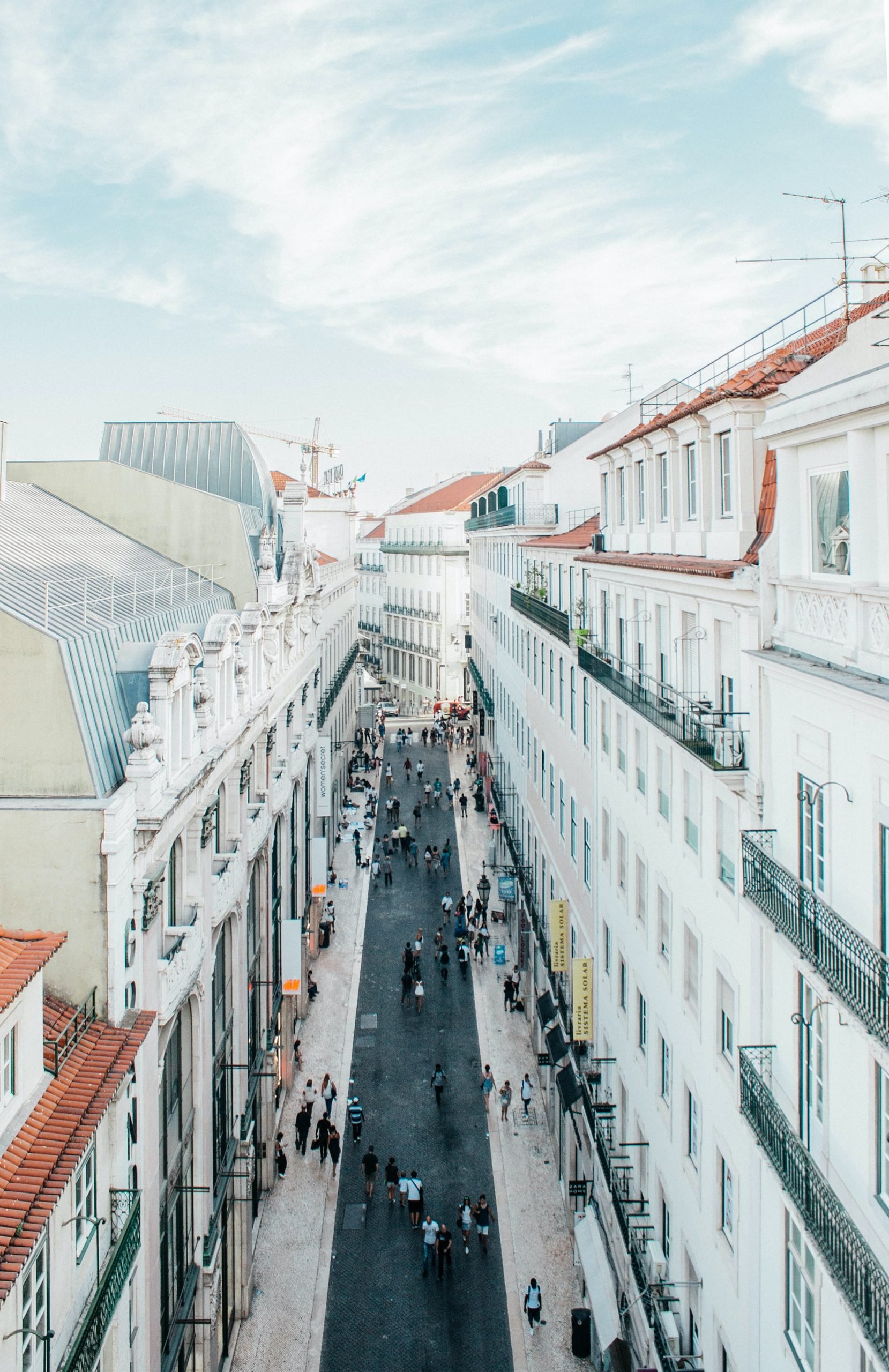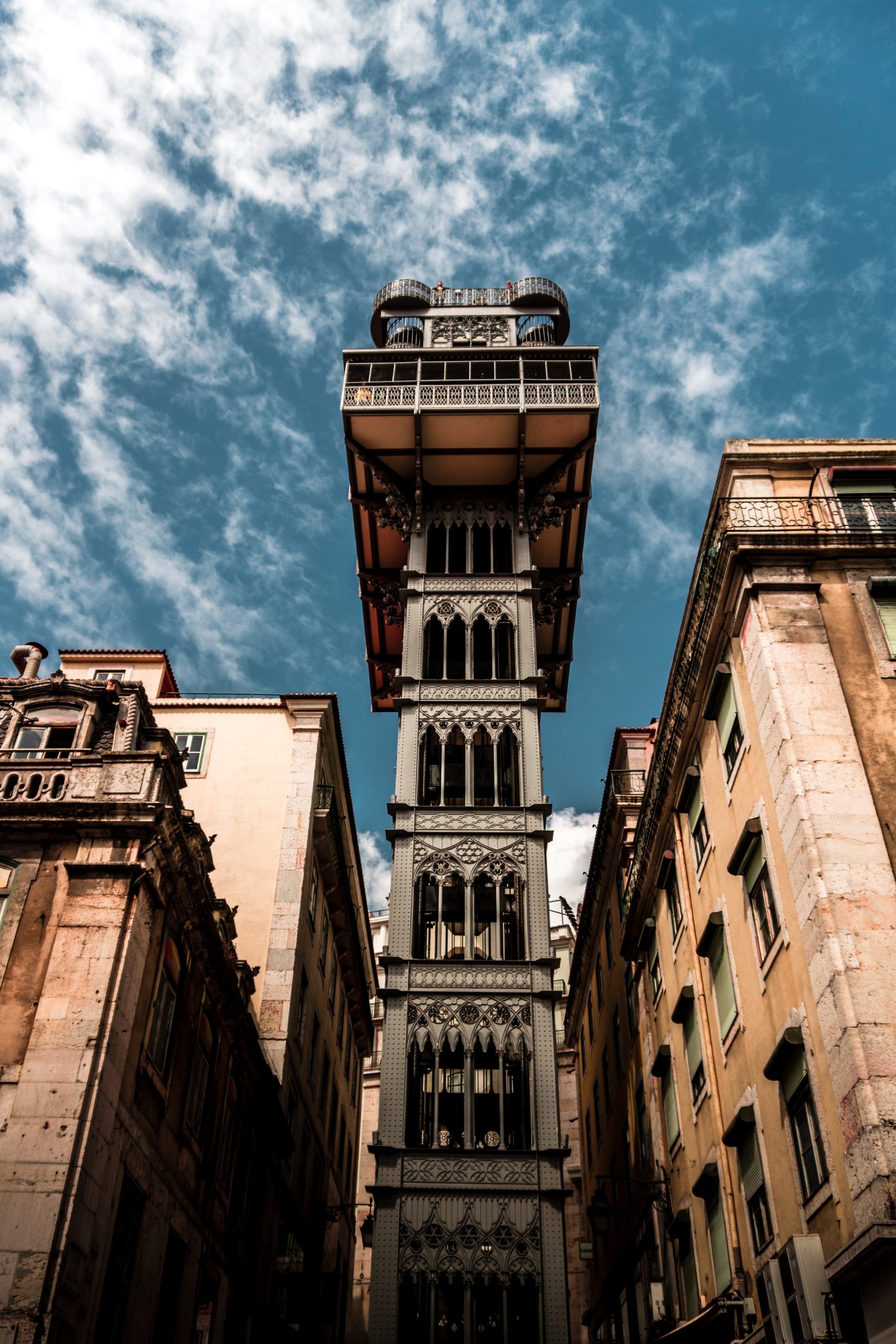Portugal is a country steeped in history and culture, with a rich architectural heritage that reflects its long past. From the intricate Gothic designs of the Middle Ages to the ornate Baroque styles of the 18th century, Portuguese architecture is a testament to the country’s creativity when it comes to incredible buildings.
Throughout the centuries, Portugal has produced some of the world’s most breathtaking buildings, many of which have become treasured historical monuments. Let’s explore 7 of the most incredible buildings in Portugal so you can better understand Portuguese architecture and all that it entails.
1. Belem Tower
A fortified tower in Belem, Belem Tower was built the early 16th century and stands tall along the Tagus river in Lisbon. While it has served many functions along the years, such as a customs checkpoints, today it is one of the most popular attractions in Lisbon, after being designated a UNESCO World Heritage Site in 1983.
This tower initially designed as a fortress to protect the city of Lisbon from invasion during the reign of King Manuel I. Designed by Francisco de Arruda, a Portuguese architect who was heavily influenced by the Gothic style of architecture, characterized by intricate stone carvings of maritime motifs such as ropes, anchors, and sea monsters.
The tower has a four-story structure, with the first three floors containing small chambers that were used for storage and as prison cells. The fourth floor houses the king’s chambers, which were decorated with beautiful tiles, and a terrace that offers stunning views of the Tagus River.
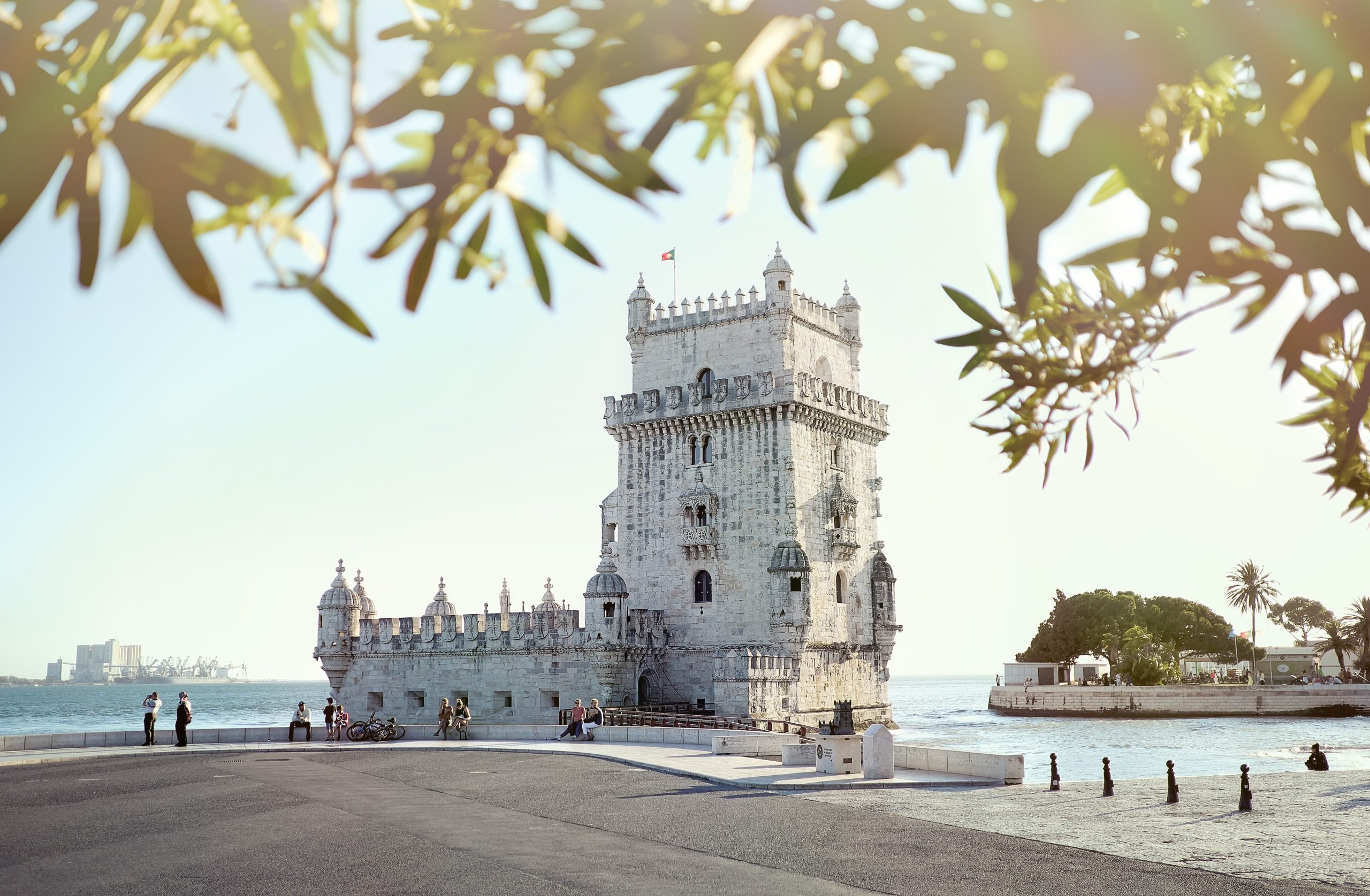
2. Jerónimos Monastery
Also located in Belem, the Jerónimos Monastery is one of the best examples of late Gothic architecture. It was built in the early 16th century by King Manuel I to commemorate the return of Vasco da Gama from his voyage to India and to give thanks to God for the wealth it brought to Portugal.
The monastery was designed by architect Diogo de Boitaca and construction began in 1501. It took nearly a century to complete, with the final elements added in the 1570s. The monastery’s architectural style is characterized by intricate stone carvings and ornate cloisters.
The monastery features several impressive structures, including the church, the cloisters, and the Chapter House. The church is particularly notable for its size and ornate decorations. The Chapter House is a particularly impressive room, with a vaulted ceiling featuring intricate stonework and a series of large stained glass windows.
For a full experience of Belem which includes visits to Belem Tower and Jerónimos Monastery, book this tour.
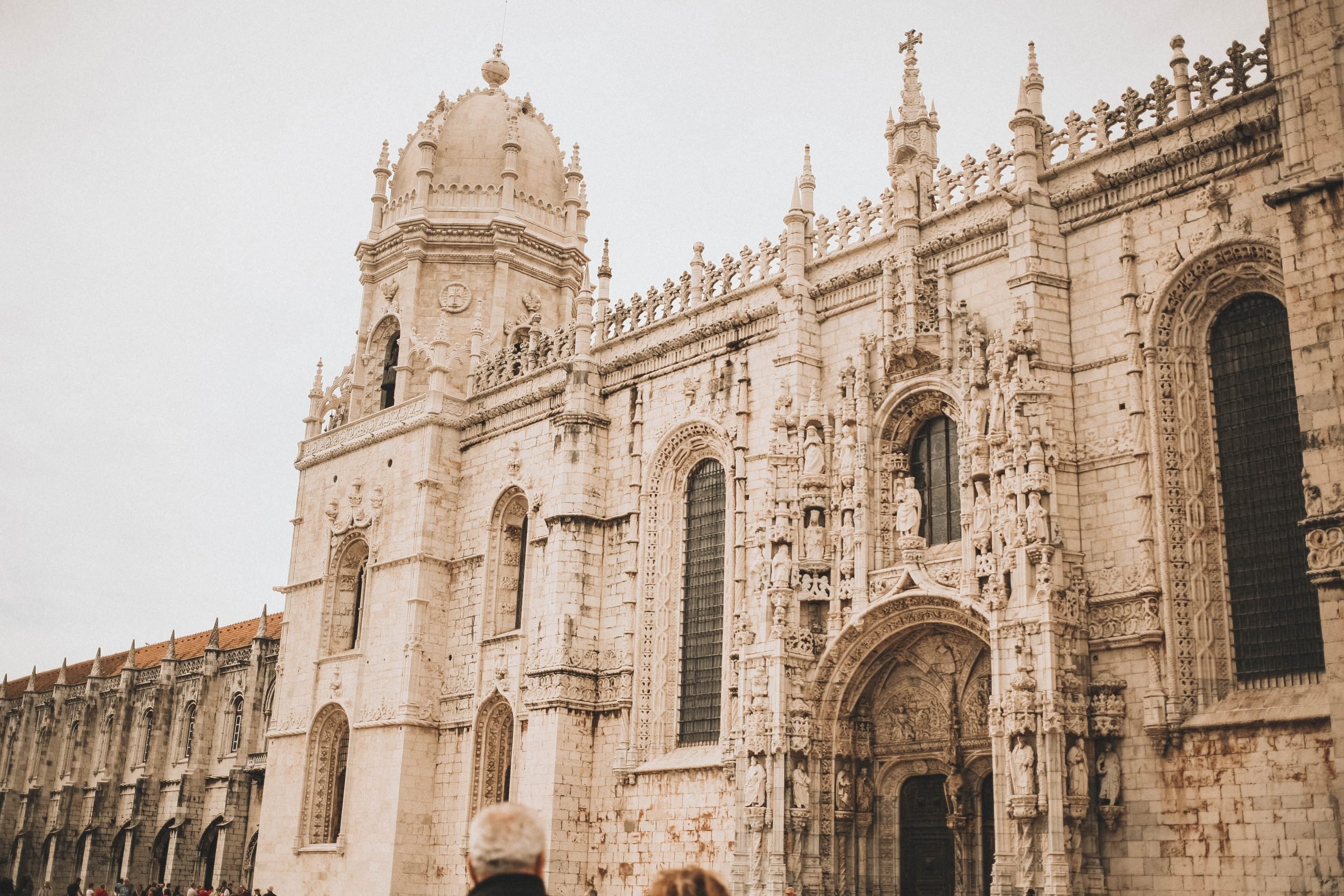
3. Casa da Música
A concert hall and cultural center located in Porto, Casa da Música was designed by Dutch architect Rem Koolhaas in 2005 and is one of the most incredible contemporary buildings in all of Portugal.
The building’s distinctive design features a unique angular form and a façade covered in white tiles that reflect the city’s sun. The interior of the building is equally impressive, with state-of-the-art acoustics and technology that provide an immersive concert experience.
The main concert hall, the Sala Suggia, is the centerpiece of the building and can seat up to 1,300 people. The hall features a unique design that combines wood, concrete, and glass to create a warm and inviting atmosphere.
In addition to the main concert hall, Casa da Música also features several smaller performance spaces, rehearsal rooms, recording studios, and a restaurant. You can opt to take a tour of this building or even better, attend a show at Casa da Música.
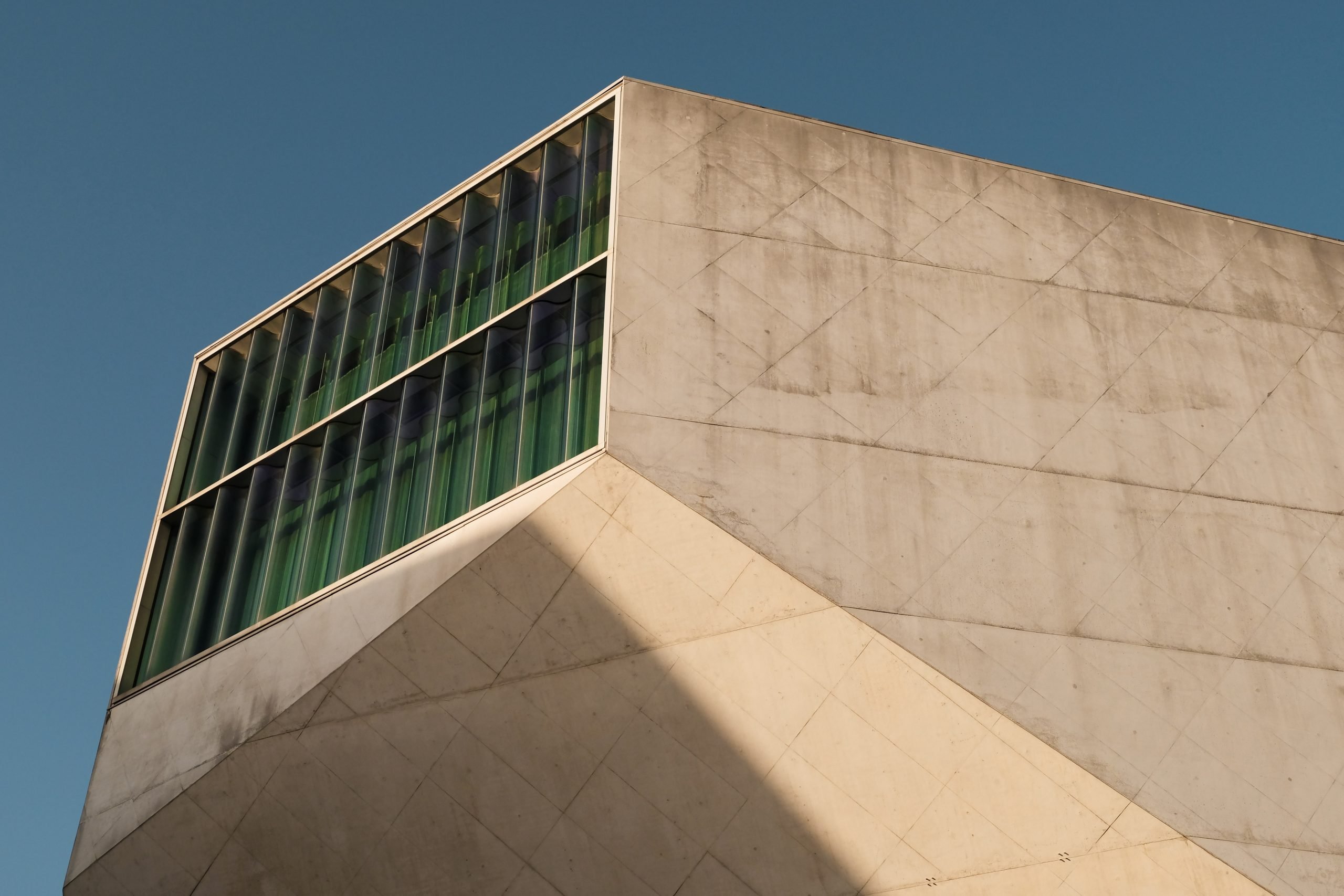
4. Pena Palace
Perhaps one of the most magical buildings in Portugal, Pena Palace, also known as Palácio da Pena is a colorful palace located in the town of Sintra. Built in the 19th century by King Ferdinand II, it is considered one of the most remarkable examples of Romanticism architecture in Europe. Today, the Pena Palace is a UNESCO World Heritage Site and one of the Seven Wonders of Portugal.
The palace was designed by Baron Wilhelm Ludwig von Eschwege, a German architect who combined elements of Gothic, Manueline, Moorish, and Renaissance styles to create a unique building.
The palace is situated on a hilltop surrounded by lush forests and gardens, and it offers stunning views of the surrounding countryside. The interior of the palace is equally impressive, with lavishly decorated rooms. Book your ticket to the Pena Palace here to skip the line.
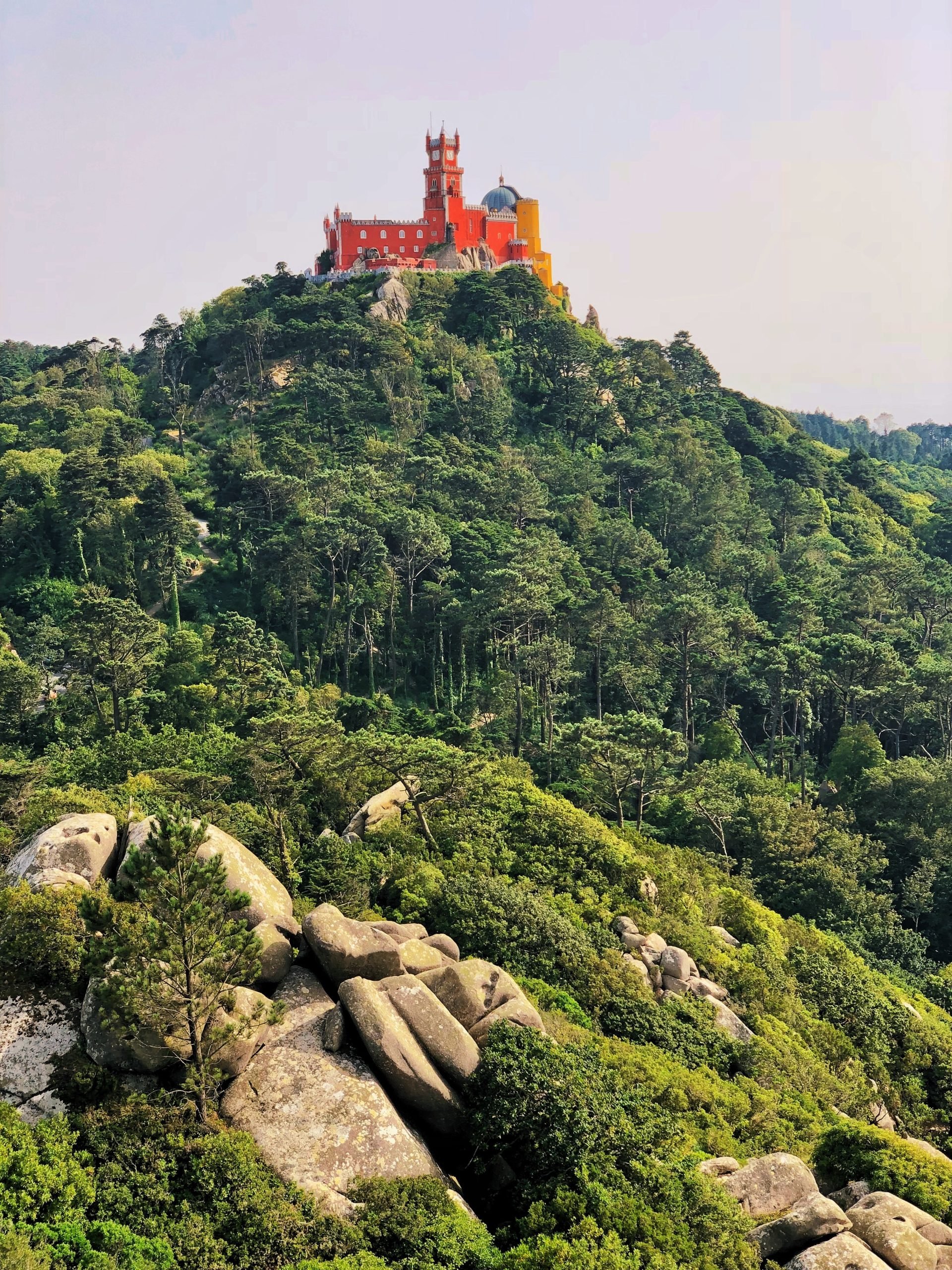
Skip the Line Ticket at Pena Palace
5. University of Coimbra
The University of Coimbra is one of the oldest universities in Europe, founded in 1290 by King Dinis of Portugal. The university is located in the historic city of Coimbra, in central Portugal, and has played an important role in Portuguese education for centuries. However, its architecture is what surprises most when they visit.
The university’s buildings are a mix of architectural styles, with Gothic, Baroque, and Neoclassical elements. The most notable building is the Joanina Library, which was built in the 18th century and is considered one of the most beautiful libraries in the world. The library features ornate decorations and frescoes, and houses thousands of rare and valuable books.
Another highlight of the university is the Royal Palace of Coimbra, which was originally built in the 12th century as a royal residence. The palace was later transformed into a university building, and today it houses the administrative offices of the university.
You can actually take a tour of the University of Coimbra or visit separate areas and buildings on your own.
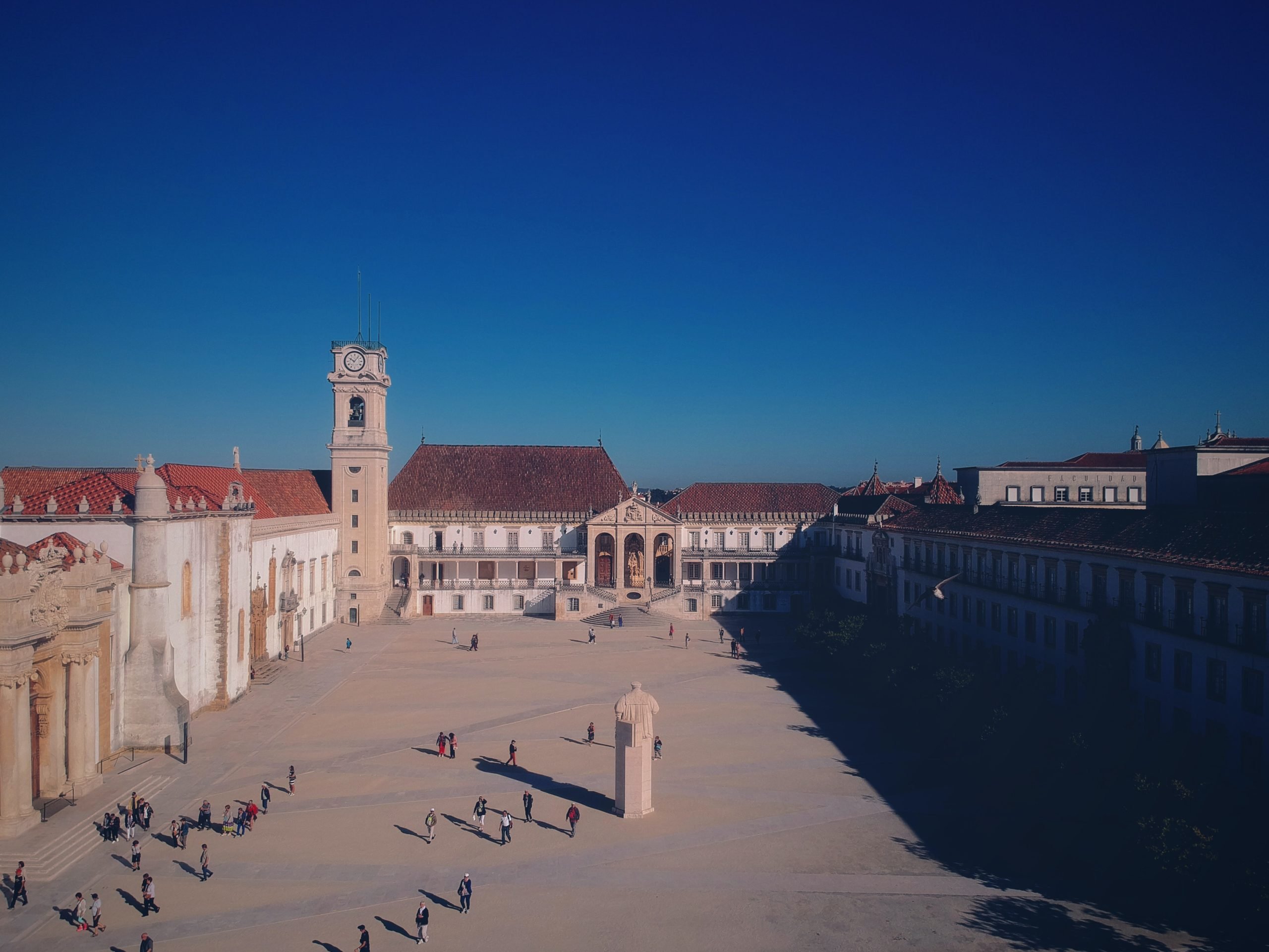
6. Mafra National Palace
A large Baroque palace in Mafra, the Mafra National Palace was built in the 18th century by King João V of Portugal for his wife, after she gave him children. The construction of the palace began in 1717 and took over 20 years to complete, with over 1,000 construction workers dying in the process.
The palace was designed by German architect Johann Friedrich Ludwig and features a symmetrical layout with a massive central courtyard. The exterior of the palace is adorned with intricate carvings and statues, while the interior is lavishly decorated with marble.
One of the highlights of the palace is the library, which contains over 36,000 volumes and is considered one of the most beautiful Baroque libraries in the world. The library features an impressive collection of rare books and manuscripts.
In addition to the palace itself, the complex also includes a convent, a basilica, and a hunting park (now a nature reserve).
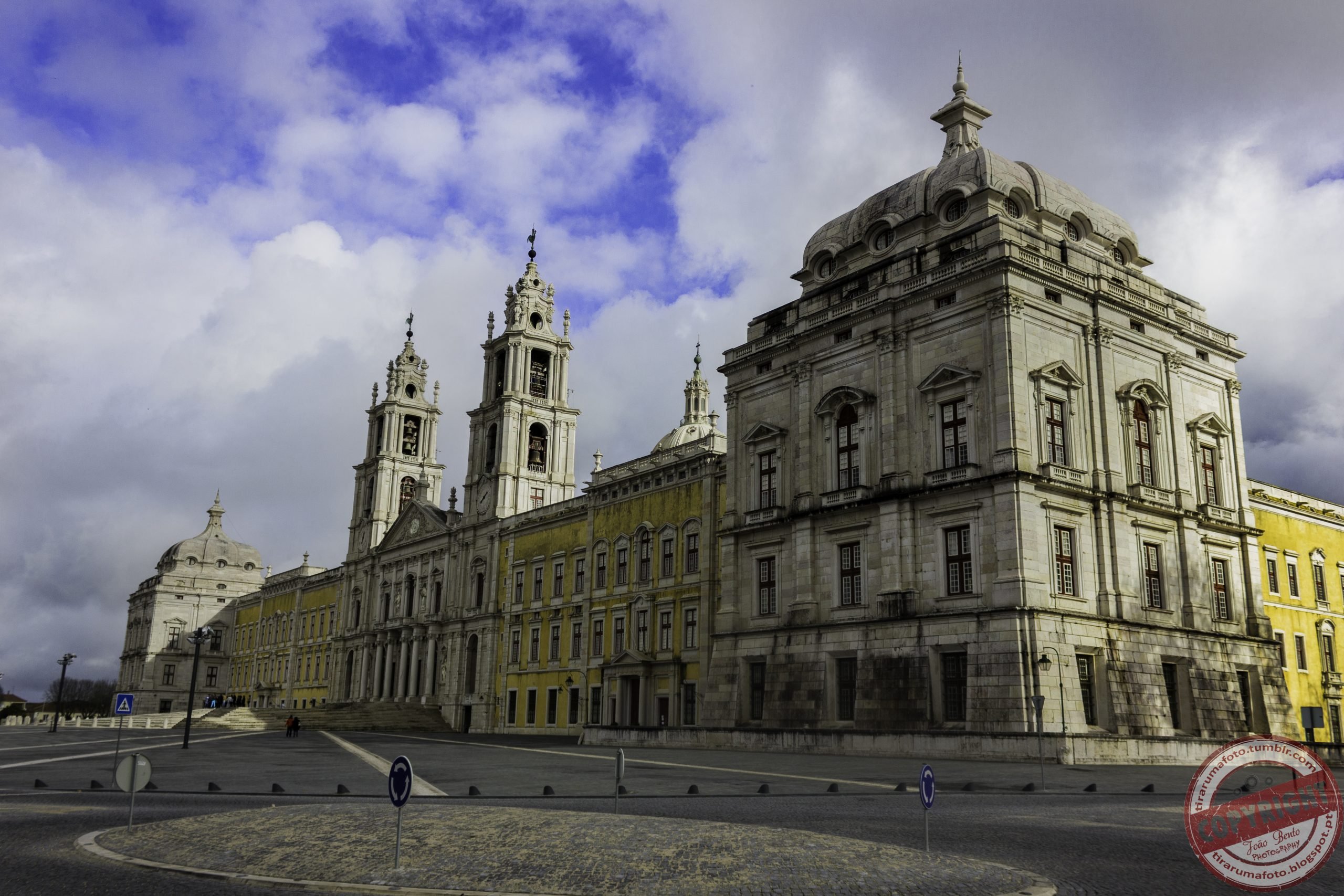
Mafra, Ericeira, & Queluz Day Tour
7. Sanctuary of Fátima
The Sanctuary of Fátima is a major Catholic pilgrimage site located in the town of Fátima, in central Portugal. It is one of the most famous and visited religious sites in the world, and is dedicated to the Virgin Mary and the apparitions that allegedly took place in 1917.
The sanctuary is a complex that features incredible buildings including the Chapel of the Apparitions, the Basilica of Our Lady of the Rosary, and the new Basilica of the Holy Trinity.
The Chapel of the Apparitions is the heart of the sanctuary and marks the spot where the Virgin Mary is said to have appeared to the children. The chapel is a simple structure, with a marble statue of the Virgin Mary and a glass panel behind it that allows visitors to view the original holm oak tree that stood on the site.
The Basilica of Our Lady of the Rosary was built in the 1950s and is the larger of the two basilicas. It is an impressive neo-Baroque structure with a towering bell tower, and it contains the tombs of two of the shepherd children, Jacinta and Francisco.
The newer Basilica of the Holy Trinity was built in 2007 to accommodate the large crowds that visit the site. It is a modern structure with a circular shape and a soaring concrete dome, and it can hold up to 9,000 people.
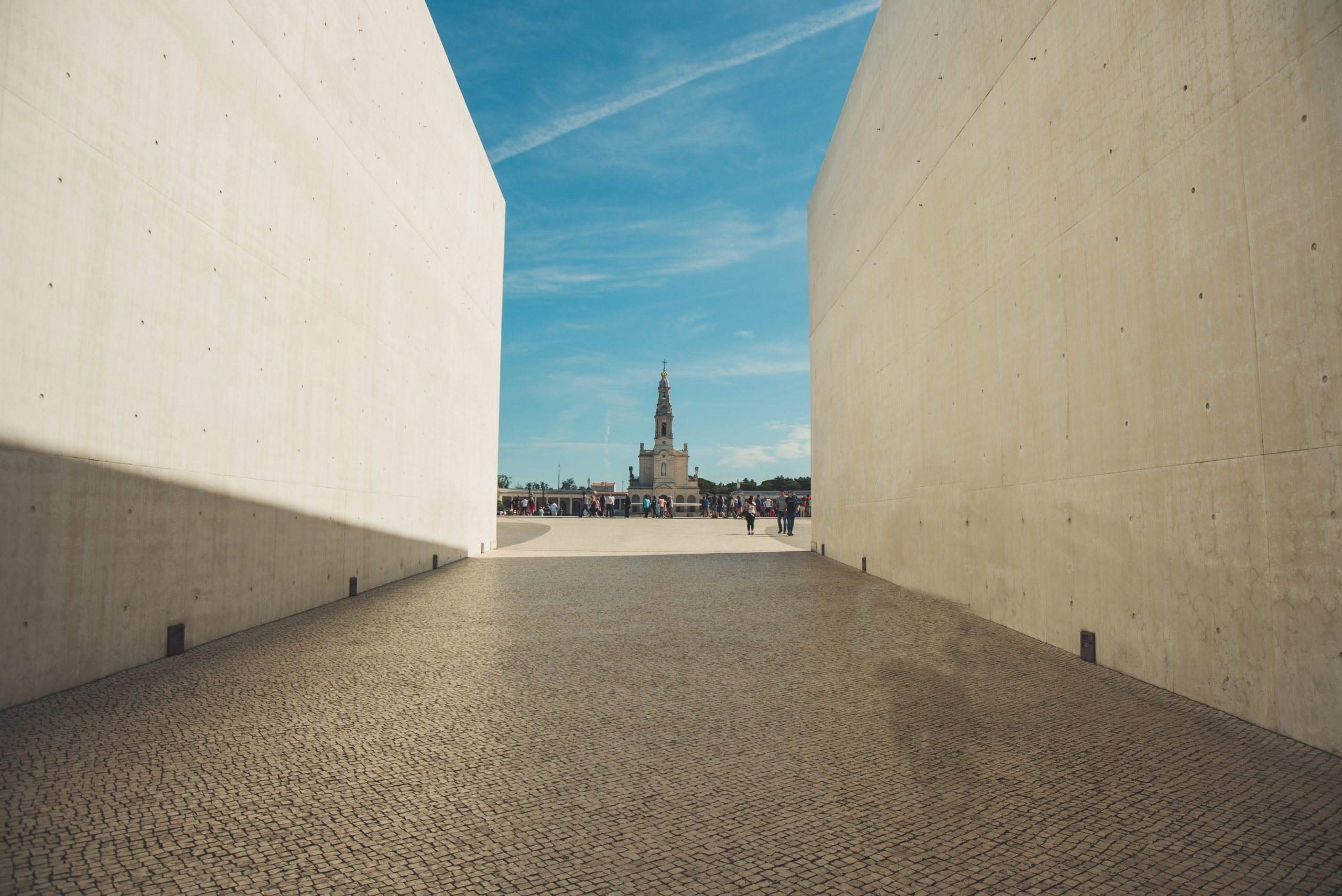
What happened at the Miracle of Fátima?

